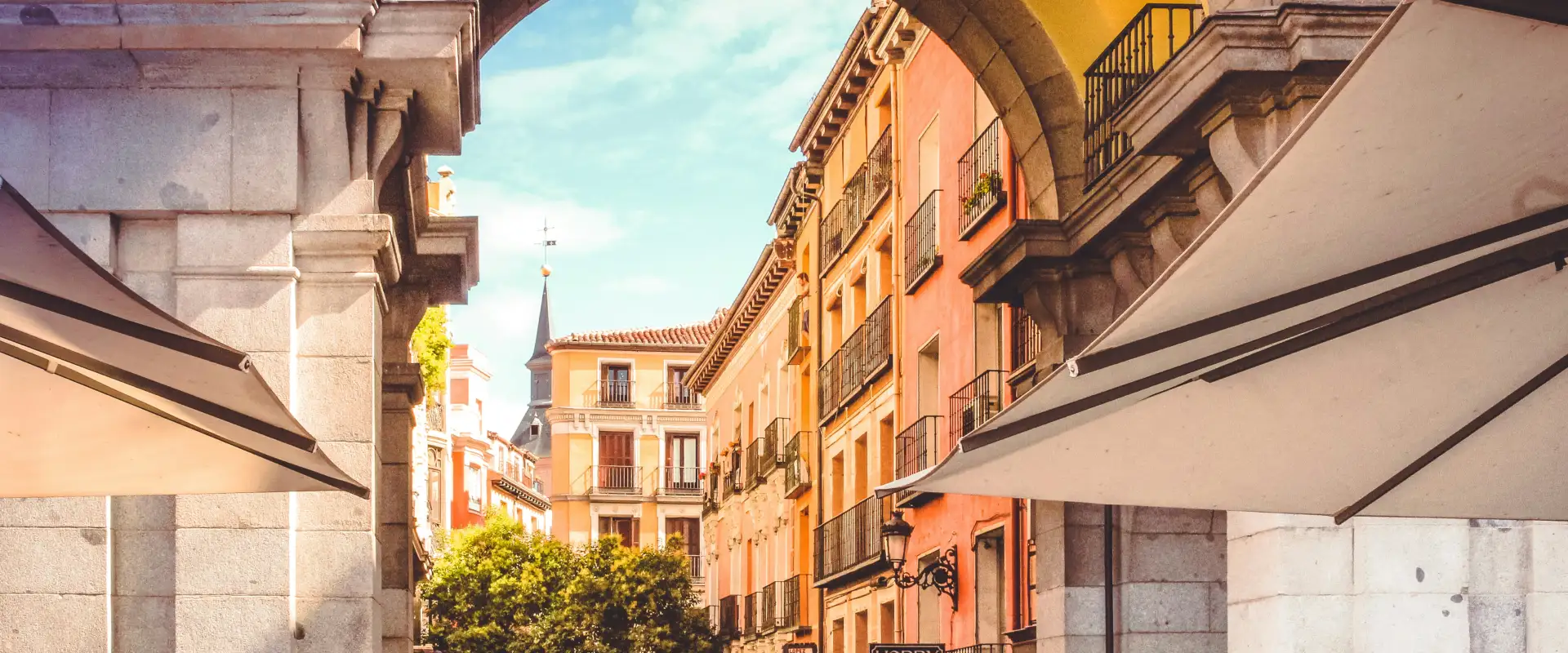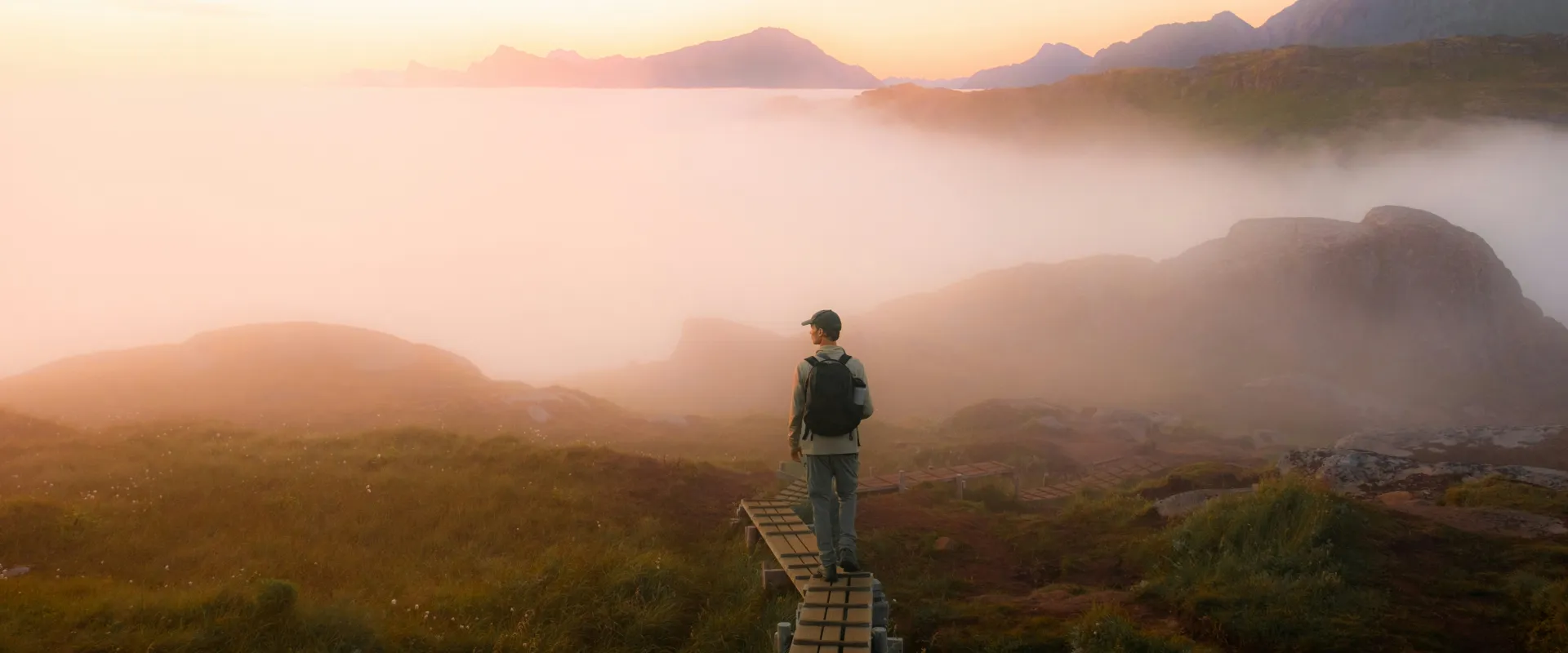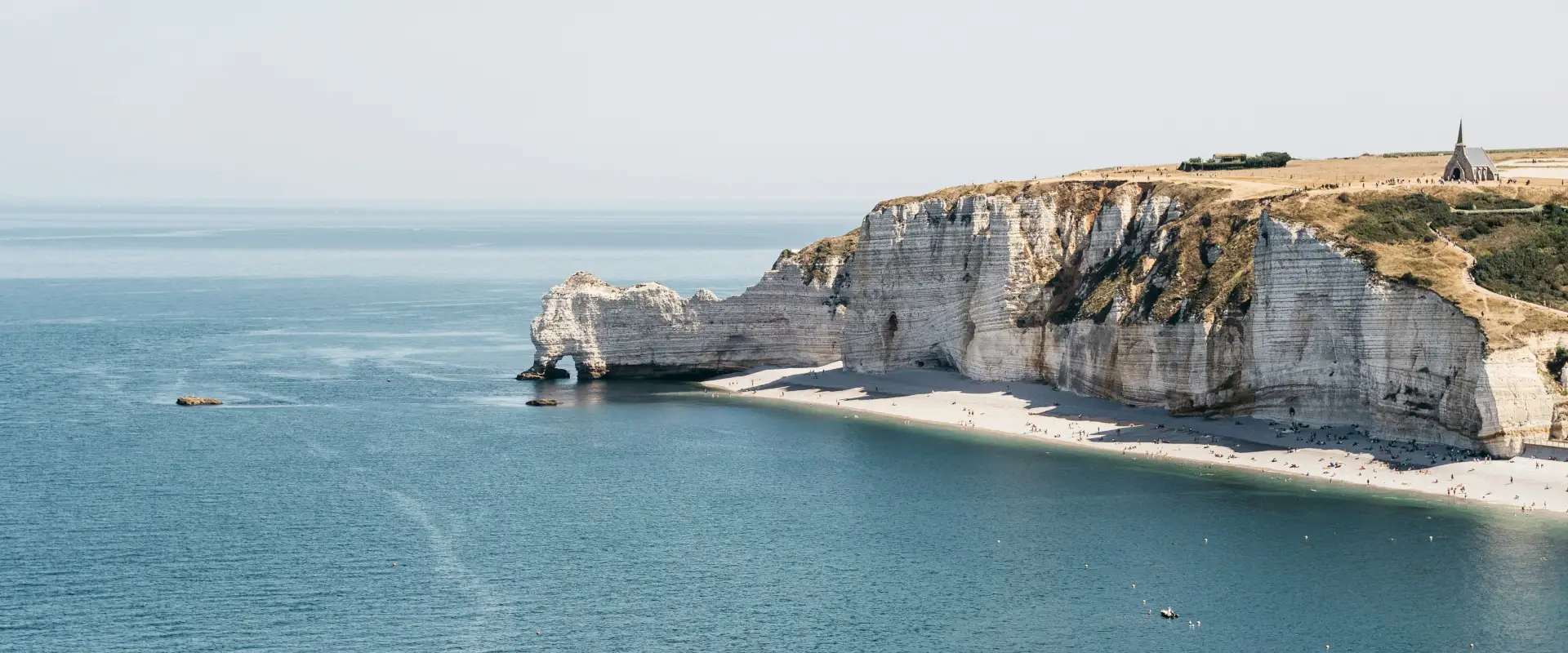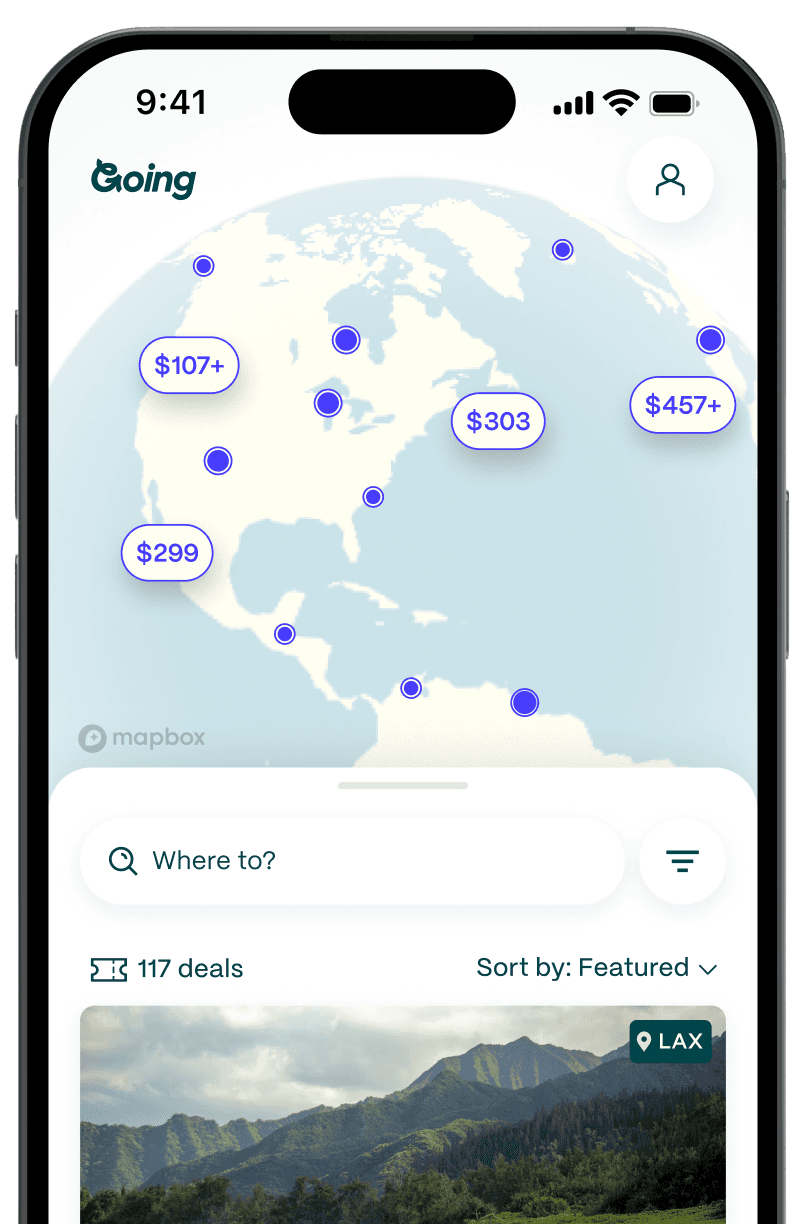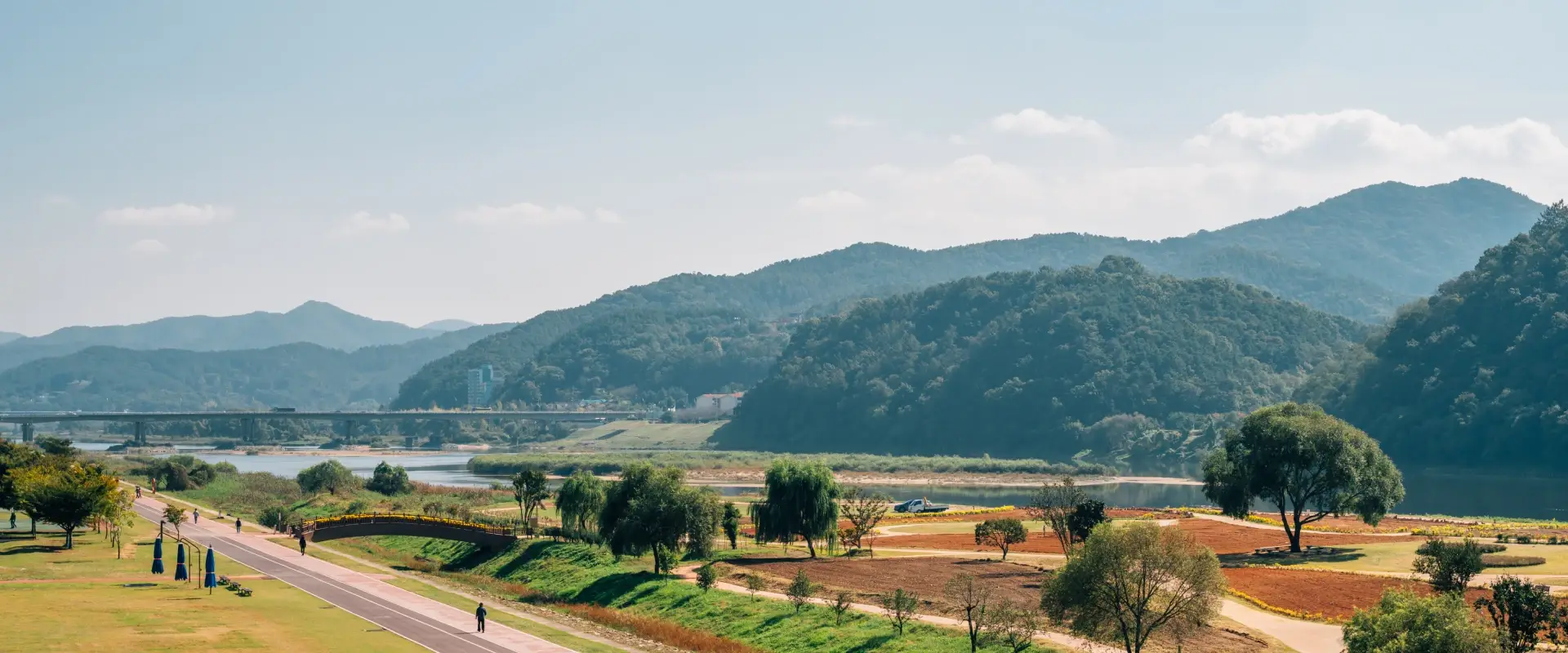
Biking from Seoul to Busan on the 4 Rivers Path
It was our fourth night camping under the stars somewhere between Seoul and Busan that the magnificence of my Korean cycle trip along the 4 Rivers really hit me.
I awoke as the sun rose to the gentle breeze of water reeds outside our tent, feeling incredibly fresh still from the previous night’s post-cycle plunge in the cool water of the Nakdonggang River. Having completed the 1,700-foot climb of Ihwa Mountain Pass—the highest we were set to encounter on our trip—earlier that day, we had found the perfect place to pitch our tents, relax, and recharge.
We were about as far away from the image I’d had of Korea before we arrived—the tech, K-pop, and forward-thinking city of Seoul—as we could get, camping by a river with some passing fishermen our only contact throughout the evening. With not one bar of phone signal until at least an hour's cycle away, I wouldn’t be checking in again online any time soon. The adventurer in me was in ecstatic bliss.
The 4 Rivers path runs from Incheon City just outside Seoul in the northwest of South Korea, diagonally across the country to Busan in the southeast, over 393 miles of usually peaceful, perfectly marked out routes through lush valleys, past tiny clusters of homes, and along the four rivers that give it its name—Hangang, Nakdonggang, Geumgang, and Yeongsangang. While riders can do smaller parts of the trail, my partner and I took on the full 4 Rivers challenge and even finished with a medal to prove it.

Adventure for cycling novices
We felt confident to embark on this cycling adventure because of the bike passport system and pathways installed throughout South Korea as part of major national waterworks improvements. The government introduced the scheme to carry day-trippers and long-distance cyclists alike between various cities and places of interest throughout the country.

The addition of passports, stamps, and certification centers has made completing the routes all the more desirable. Cyclists are invited to buy a bike passport (approx. $5) before setting off from Seoul, looking out for red phone boxes or checkpoints throughout the adventure and collecting stamps. For each of the 4 Rivers we cycled along, certification centers were found for us to show our stamped passports and receive “gold medal” stickers. Complete all four, and we’d receive a 4 Rivers Grand Slam medal.
Kindness tourism
Medals were the smallest reward from our six-night trip, however exciting it was to find each new checkpoint and stamp. It was the feeling of being taken in by a country like nothing we’d ever experienced that made our trip. Since landing in Seoul, we had seen how incredibly friendly many Koreans were, offering help rather than waiting to be asked and using Google Translate whenever English wasn’t available.
But outside of the big cities, this kindness knew no bounds. Between the cities of Chungju and Daegu, local day-tripper cyclists stopped us for a photo before signaling for us to follow. Lunch was offered, with the lack of a common language no barrier. We were in awe at the seemingly not-uncommon open-heartedness of it all; there was little surprise at our arrival. We survived the spicy food, drank soju together, and took in the incredible energy of friends enjoying a chatty lunch, giving us the fuel we needed to continue our afternoon.
It wasn’t a chance encounter. Another day, a local flagged us down, wishing to thank us for visiting Korea and hoping we were enjoying ourselves. We attempted to express the joy the trip brought us before he imparted some gifts as a thank you.

Tackling something different
The 4 Rivers trail starts simply enough, just 13 miles along the Ara canal, beginning at the Ara West Sea Lock. We completed it on our first day in around two hours, pedaling leisurely. Since it was a canal path, we did not need to worry about hills; we could just take in the sights of Seoul and watch the city's high-rises eventually disappear in the distance.
Over the next two days, we traveled alongside the Namhangang River, passing through small towns and sprawled-out country homes that gave us a unique view of what ordinary Korean life looks like. We passed through tunnels that played melodic tunes to accompany us through the dark and waterfalls and freshwater springs that sprang from the bountiful greenery we passed.
As a reasonably fit but very slow cyclist who had not practiced hill climbs, I could more than meet the challenges of the route. I took my time completing the aforementioned highest peak of the Ihwa Mountain Pass and felt a wonderful sense of achievement upon completion. It was a challenge that enabled me to devour the meals we ate, from instant noodles we regularly cooked on our stove to the rice-based delights we stopped for as often as we found them.
The only challenge I found was how wildly out of my comfort zone I was. As a seasoned traveler, I still found South Korea to be a culture shock—albeit a wonderful one. After two weeks, locals still laughed at our attempts at “thank you,” appreciating our trying. My failed attempts at “gam-sa-ham-ni-da” are as vivid, funny, happy memories of my trip as all of the checkpoints we completed along the way.
The euphoria of completion drove us to the final checkpoint, arriving in Busan late before collapsing at the nearest motel. A filled passport booklet remained, alongside a desperate desire for carbs—and all our memories of people and moments we would never forget.
Getting there
Most travelers from the US will arrive at Seoul Incheon Airport (ICN), where you can start the trip. If you’re not flying home from Busan and need to return to Seoul, you can reach the city in about two hours from Busan via a high-speed train, which you can easily take your bike on for the journey back to the capital.
Average Going deal price: $688 RT
How to do it
Best time to go: There’s no impossible time of year, and each season has its advantages. Summer is hot, but there’s the chance of monsoon-like days of rain to consider. Autumn (September to November) has a delicate balance of everything, so it is your safest bet.
Cost: To organize the trip yourself, the primary consideration is bike hire. You can find one week's hire for between ₩150,000 - ₩250,000 ($120-$200), plus the need for panniers adds around ₩20,000 ($15). A bike passport is non-compulsory but makes each checkpoint far more exciting and costs around ₩7,000 ($5). If the trip sounds fantastic, but freestyling doesn’t sound up your street, there are (albeit more expensive) trips you can look to join, like this one. The same companies that you can arrange long-term bike hire with, such as Bike Nara, can also arrange to deliver your luggage to you in Busan if that’s helpful or store it until you return your bikes to them, at a cost of around ₩25,000 ($20).
Tips: Pack a JetBoil, even if you only use it for tea. It’s the single most helpful thing to have in your panniers. You’ll find plenty of places to eat in towns and cities you pass, but of course, be prepped for any long stretches of countryside. Google Maps will generally be your friend, but an offline map app is handy for absolute safety. Komoot (for Apple only) does a fantastic job.
More epic adventures around the world
Last updated August 30, 2024


